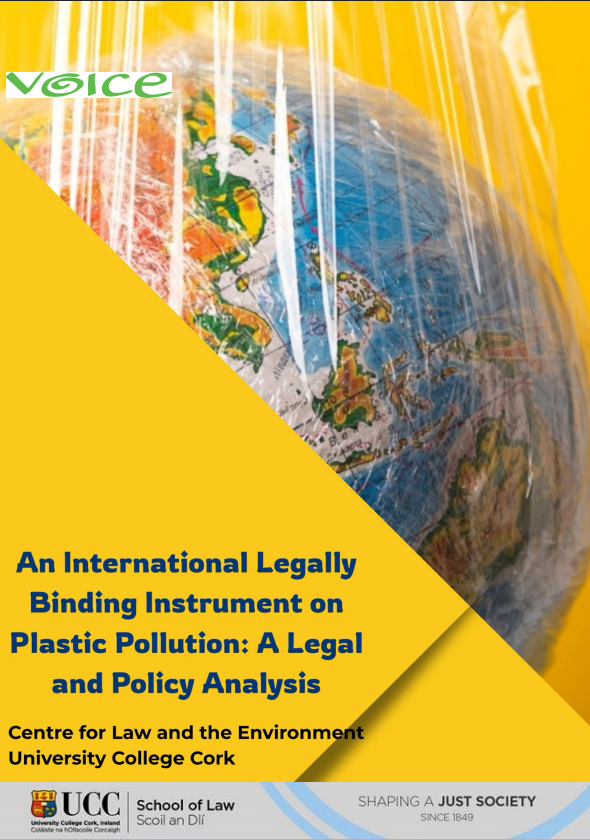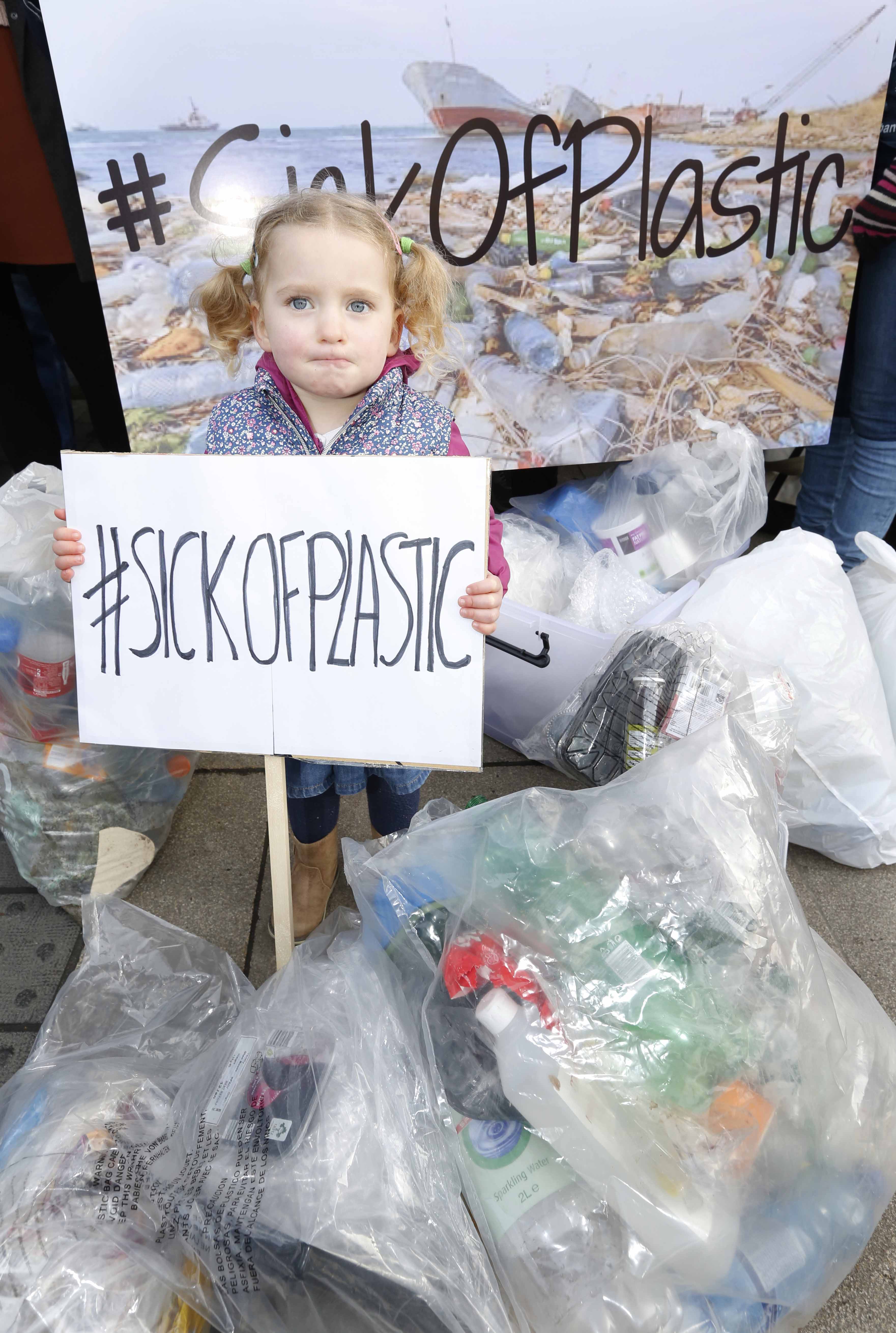Why the Plastics Treaty Must Eliminate Plastics with No Circular Pathway
Aim: Some plastics, especially single-use items and sachets are inherently problematic: they’re unnecessary, hard to reuse or recycle, and often end up in landfills or incinerators. Europe’s recent PPWR regulations begin to address this, but on a global scale, the treaty must cap and phase out these materials altogether.
The Paradox of Plastics
Plastics are cheap, malleable, and extremely durable—qualities that once made them revolutionary. But these same traits now make them among the most persistent pollutants. Single-use and non-recyclable plastics slip through waste systems, contaminate recycling streams, and often escape into our environment. Global recycling tells the same story: only 9–10% of plastics ever produced are recycled.
What our Report Highlights
In its initial mandate from the UNEA the treaty was envisioned to address plastics throughout their lifecycle; that means the design, use and disposal of the materials. We’ve already looked over production, and the issue of chemicals in the design stage; the issue of problematic plastics spans across both the design and waste management stage – as before, the potential power from the treaty will be in the definitions used for terms like ‘recyclability’.
The UCC Environmental Law Masters students, under Porfessor Owen McIntyre, emphasise that the most accessible gains in reducing plastic pollution will come from immediately targeting problematic plastics, those that cannot realistically re-enter a circular system. As they argue in Chapter 5, “sustainable product design must emphasise material efficiency, longevity, and recyclability by eliminating non-recyclable additives, increasing product durability, and adopting modular designs...”.
This approach reflects the plastic waste hierarchy: prevent, then reuse, followed by recycle, and reject materials that fail at each stage.
What the Treaty Must Do: Define & Ban Problematic Plastics
The treaty must set firm global standards, not leave waste reduction to regional regulations. Key actions, informed by the report, include:
- Embedding a precautionary principle for design and recyclability (see Chapter 4).
- Clearly defining what materials count as "reusable" or "recyclable"; ensuring we don’t recycle our hopes instead of plastics.
- Incorporating effective Extended Producer Responsibility (EPR) systems in Article 8 (“Waste Management”) to hold producers accountable. As our report points out – where EPR schemes have been voluntary or inadequately enforced, they fail to have the desired effect and neither pay for the cost, or shift the behaviours away (chapter 5). The power of a global treaty like the ILBI is the ability to standardise policies to avoid ‘global arbitrage’ or to exploit weaker environmental legislation in some regions.
The Bottom Line
The primary argument within the treaty negotiations has been whether this treaty is a holistic examination of plastics and the environmental damage they cause, or a blinkered treaty focused only on plastic waste management in the hope that business as usual can make things better. Whether the treaty aims to address plastics holistically or focuses only on post-use solutions, banning single-use and unrecyclable plastics is non-negotiable. This action aligns design and waste strategies with environmental justice and human health. Our report and analysis provides a roadmap; now, it’s time for Ireland—and COP negotiations—to lead on real, enforceable bans, not half-measures.

Want to know more?
Read our full ILBI report [here], and stay tuned for our next post in this series, where we’ll look at how the treaty can promote global targets, definitions, and infrastructure for reuse and refill systems and how Ireland can help.



